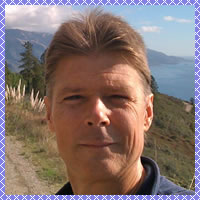Rotator Cuff Dysfunction is a common cause of pain and disability and the primary reason for shoulder pain, with approximately 2 million people a year seeking medical attention in the United States alone. Injuries or Strains to the Rotator Cuff will generally cause a deep, dull pain in the shoulder at night or during rest, and sharper, more severe pain when lifting, lowering or rotating your arm. |
















